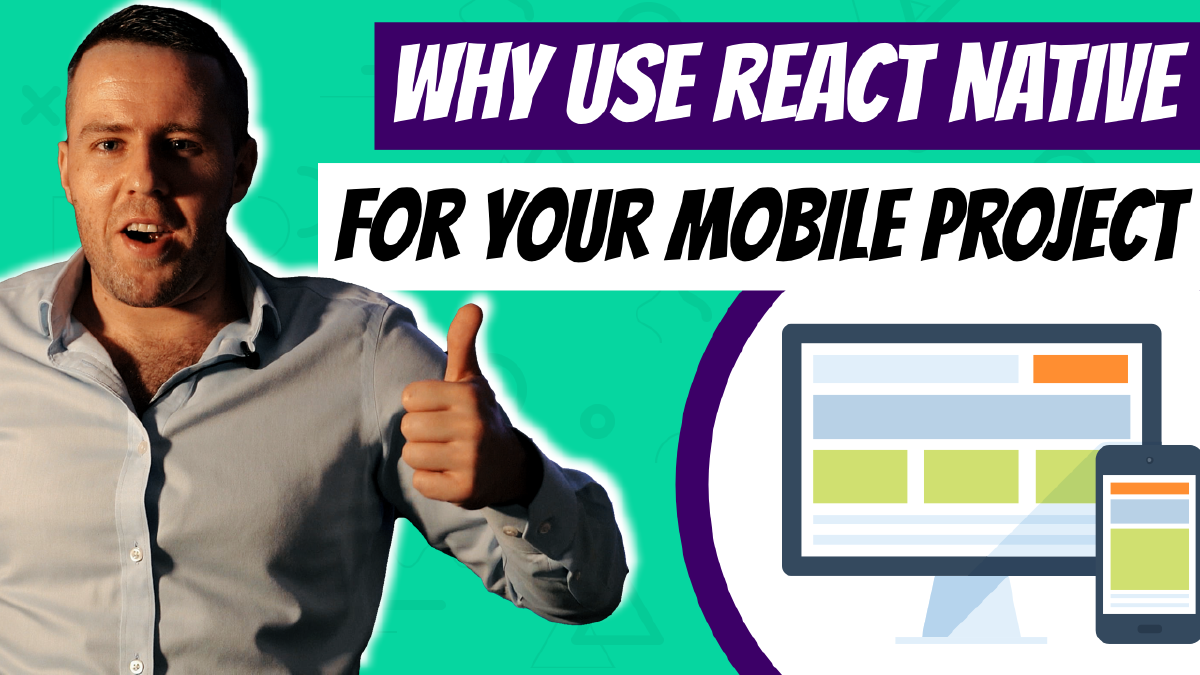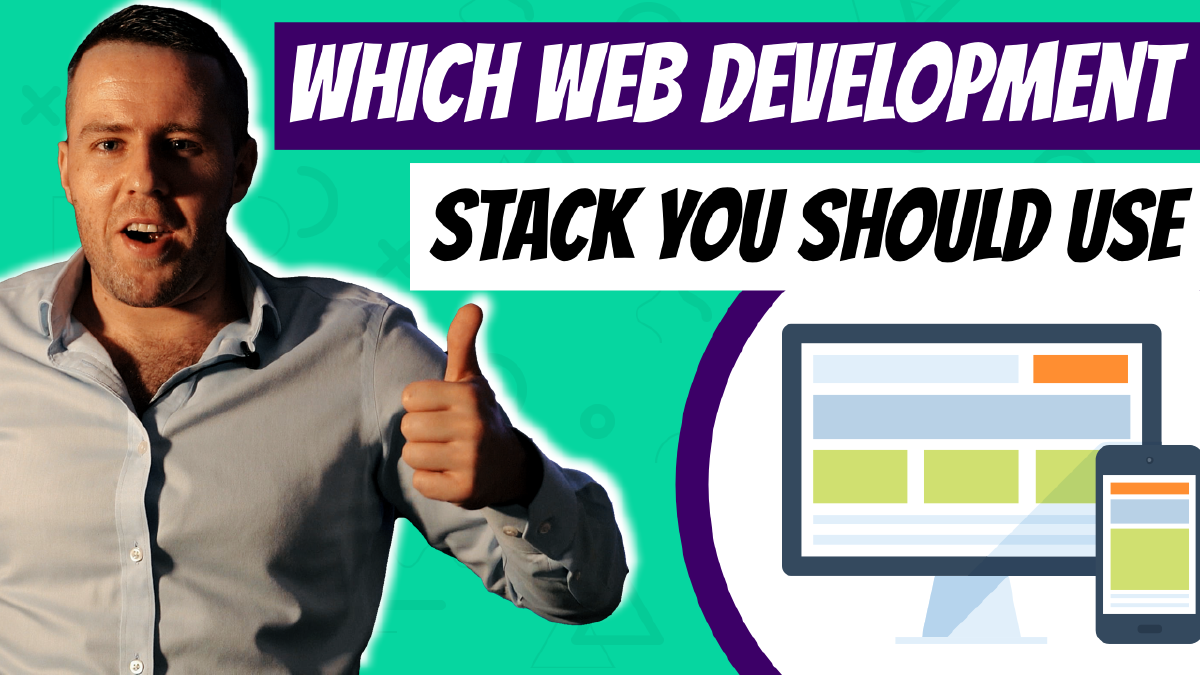When it comes to developing mobile apps, you have many different options to choose from. So why would you want to use React Native for your project? Here are four reasons:
- 1. You want a more efficient development process.
- 2. You want high-quality apps that look great on all devices.
- 3. You want to save time and money on development costs.
- 4. You want to be able to update your apps quickly and easily.
All of these are valid reasons for choosing React Native as your mobile app development platform! But if you need more convincing, keep reading for even more benefits of using React Native…
1. What is React Native?
React Native is a framework for building native mobile applications using the popular JavaScript library, React. If you’re not familiar with React already, it’s a JavaScript library that allows developers to build user interfaces by defining content using reusable components. This makes it easier for teams of all sizes to get involved in the development process.
React Native is an excellent choice for mobile app development because it allows developers to build high-quality apps using a single codebase. This means that you can develop your apps once and then deploy them on multiple platforms without rewriting any code. React Native also uses the same design principles as React, making it easy for developers to get up and running with little or no training.
If you’re looking for a fast, efficient, and cost-effective way to build mobile apps, React Native is definitely worth considering!
2. What are the benefits of using React Native?
There are a lot of major benefits to using React Native, but here are three of our favorites:
- You can use a single set of tools and languages across different platforms.
- It makes it easier for your team to collaborate on projects.
- You can deliver higher-quality apps that look and feel great on all devices. You don’t need to be familiar with native languages like Swift and Objective-C to use React Native. All of your code is done in JavaScript (a language most developers know already). Plus, since you only have one code base to worry about, it’s easier for your team to stay on the same page and work together.
You don’t need to hire web developers or native mobile app developers. You can use React Native for all of your development needs down the road (and save a boatload of money in the process).
There are many more benefits to using React Native for your mobile app development needs, including:
- Since you’re working with one codebase, you won’t need to build two separate versions of your app for iOS and Android.
- It’s easy to get started with and learn.
- You can build high-quality apps faster and more efficiently than other frameworks.
- Your apps will look and feel like native applications.
There are many reasons to choose React Native as your mobile app development platform. These are just a few of the most important ones!
3. How to get started with React Native?
Getting started with React Native is simple—just follow these steps:
- 1. Sign up for a free developer account on Apple’s Developer site. After signing up, register your app by choosing ‘Create new Xcode project’ under the quick start tab on your dashboard. Select the Single View Application template, and name your app something unique (I’ll refer to this as <insert_app_name> later on).
- 2. Install React Native CLI
- 3. Install required modules
- 4. Set up iOS
- 5. Set up Android
- 6. Run the app!
Once these steps are complete, you can start writing code for your project! Check out their documentation to find out more about all of the different things React Native allows you to build.
4. Who uses React Native?
Facebook uses React Native to power its messaging apps, including Facebook Messenger and Instagram Direct.
In addition to this, React Native is used by a number of other major companies as well. Some of those include Airbnb, Groupon, Lyft, Walmart, and Yahoo.
React Native is a fast, efficient, and cost-effective way to build high-quality mobile apps. If you’re looking for a platform that allows you to build apps once and deploy them on multiple platforms, React Native is definitely worth considering!
If you’re interested in examples of what can be built, check our article:
Amazing React Native Apps Examples
5. What is the cost of React Native development?
React Native developers make more money than traditional web developers. This is because React Native allows you to build both web and mobile apps with a single codebase. In addition, React Native is a more efficient development process, which saves time and money on development costs.
The cost of React Native development varies depending on the developer’s experience and location. However, the average React Native developer typically charges between $50 and $100 per hour.
6. React Native Alternatives
React Native is not the only framework for developing mobile apps. Several other frameworks are available, each with its own set of benefits and drawbacks. Let’s take a look at some of the most popular alternatives to React Native:
- Xamarin: Xamarin is a Microsoft-owned platform that allows developers to create cross-platform mobile apps using C#. Apps built with Xamarin can be published to Android, iOS, and Windows Phone stores. Xamarin is more expensive than React Native and requires C# knowledge.
- Ionic: Ionic is an open-source framework that allows developers to create hybrid mobile apps. Hybrid apps are built using HTML, CSS, and JavaScript. They are compatible with all major mobile operating systems (including iOS and Android). Ionic is an alternative to React Native but requires more coding knowledge than other options.
- Flutter: Flutter is an open-source, cross-platform mobile development framework originally built by Google. It allows developers to create apps for Android and iOS using the same codebase. Developers can use the Flutter SDK, which includes everything needed to run Flutter applications on both platforms. Apps created with Flutter are also ‘digitized’, meaning that each screen of an app is essentially just a widget that looks like its respective platform interface component (i.e., buttons look like buttons on both).
7. Conclusion
React Native is one of the most in-demand skills in the tech industry right now. It allows developers to build high-quality apps that can be deployed on multiple platforms quickly and easily, saving time and money. Developers familiar with React JS will find it easy to get started with React Native development. You won’t need a solid understanding of Objective C/Swift (iOS) or Java (Android) native development.
If you’re interested in learning more about React Native or need help with a React Native development project, please don’t hesitate to contact us! We have a team of experienced Mobile App developers who would be happy to help.



